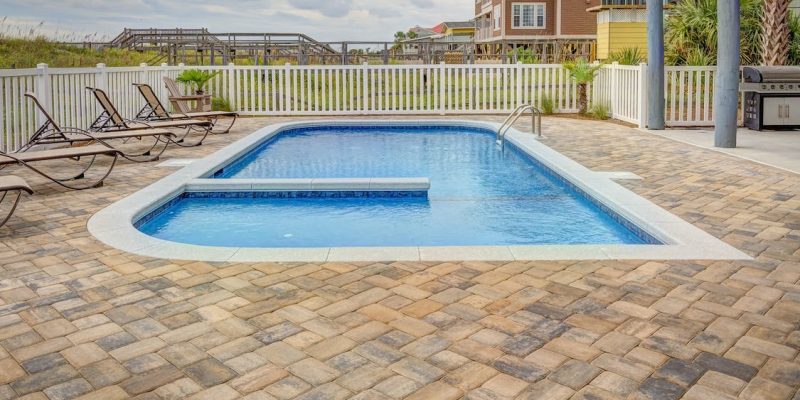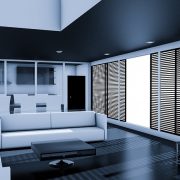Installing a swimming pool is a great way to enhance outdoor leisure areas and create fun memories. However, it’s a costly addition to the home and often has a lot of complexities and nuances to work through.
If you’re thinking about putting in a swimming pool, take the time to explore these considerations first.
Style
When considering a swimming pool, one of the first decisions is whether to choose an above-ground or in-ground pool. Both types of pools have pros and cons. The best choice for you will depend on your wants and limitations.
In-ground pools can be designed to blend seamlessly with the surrounding landscape, while above-ground pools can often look like large, plastic eyesores. To elevate the space, you can add aesthetic features like spillovers and waterline tile. In-ground pools are also built to last longer than above-ground pools and can often be made of more durable materials.
Above-ground pools are generally less expensive to purchase and install than in-ground pools. They’re easier to relocate or get rid of if needed.
Ultimately, the choice between an above-ground and in-ground pool will depend on your budget, the amount of space available, your desired level of permanence, and your personal preferences.
Size and Location
The location of the pool should consider factors such as privacy, sun exposure, and wind direction. You should also consider the size and shape of the pool concerning your available space and the intended use of the pool (e.g., for exercise, entertaining, or relaxing).
Zoning Regulations
Unfortunately, you can’t just decide to put in a pool and act on it. It’s essential to look into local building and zoning regulations before making any changes to your yard — especially when installing an in-ground pool. You’ll need clearance from your municipality to ensure no pipelines or other infrastructure are running through your property underground.
Take the time to look at fencing requirements as well. Many areas require a closed-in fence with a locked gate around the pool area for safety. This feature will add to the project timeline and costs.
Landscaping Needs
Installing a pool may require extensive landscaping work. Beyond creating an aesthetically-pleasing space, you may need to level out or fill in some of the ground.
Work with a pool designer or installation specialist to determine what landscaping work you might need to complete to install the pool. Aesthetic upgrades can happen later if needed.
Budget and Ongoing Costs
Finally, your budget and ongoing maintenance costs will be the biggest impact on your pool project. Talk to a pool installation specialist for a realistic quote to get a better idea of how much the project will cost you.
Ongoing maintenance costs include things like water, chemicals, tools, utilities, etc. Determine whether you can truly afford to build and maintain a pool before diving into this project.
A pool can be a valuable addition to a home. However, it’s important to carefully consider the impact it may have on resale value and to weigh the costs and benefits before making a decision.




















